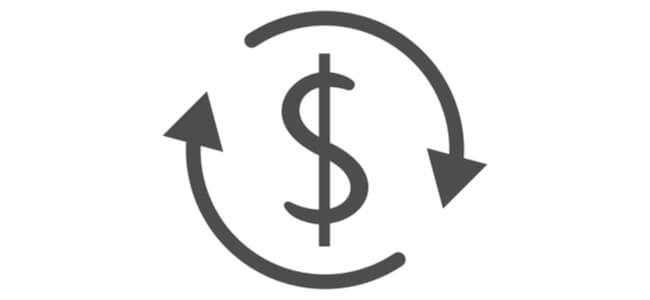How To Pay Off Loans Using Debt Restructuring

Is your credit card debt out of control? Are you juggling several personal loans, falling behind on payments, and getting socked with late fees? You might want to consider a loan restructuring process.
Keep reading for an explanation of how it works and when it might be right for you.
Debt Restructuring Definition
Debt restructuring can be a useful tool to help you get your outstanding balances under control. If you’re unable to make loan or credit card payments, you run the risk of defaulting. Additionally, you could face collection action, legal fees, and other consequences that not only cost you money but also ruin your credit. The loan restructuring process involves negotiating with your creditor to agree on an amount you can afford to repay. Sometimes, this strategy is applied in conjunction with loan consolidation.
How Does Debt Restructuring Work?
There are two primary avenues you can explore when seeking to restructure your balances:
- Debt management plan: With this approach, you’ll need to work with a non-profit counseling agency. Utilizing their existing relationships with creditors, the agency advocates on your behalf to secure the best outcome. They’ll negotiate interest rates and attempt to consolidate your balances into a single payment. Once there’s an agreement, you’ll make one monthly payment to the nonprofit counseling agency. The agency then disburses the funds to your creditors
- Bankruptcy. Filing Chapter 13 bankruptcy is another way to restructure your unpaid debts. Unlike Chapter 7, when you file Chapter 13, the court reconfigures your balances and establishes a repayment plan. Typically, you’ll receive a better interest rate and have five years to repay everything. Reconfiguring loans through bankruptcy takes longer than a management plan, which generally takes about three months to set up. You’ll also likely need an attorney, and there are court fees involved. Moreover, Chapter 13 bankruptcy stays on your credit report for seven years
When Is Loan Restructuring A Good Move?
Reconfiguring your unpaid credit products is a good move when you’re drowning in debt and suffering financial hardship as a result. While there are negative consequences, this process will help you eventually rebuild healthy finances if you’ve exhausted all other options. It brings peace of mind, and you can feel good about making an effort to repay what you owe.
Other benefits include:
- Collection action ceases: Once you restructure your outstanding balances, collectors will stop calling, emailing, and sending you messages. This can remove a significant source of stress from your life
- Short repayment time: This process empowers you to pay off your arrears within three to five years. It’s a sense of accomplishment that can help you manage debt better in the future
- You fix the damage to your credit score. Late and missed payments and collection action damage your rating. The longer the situation continues, the more harm you cause. Debt restructuring through bankruptcy or a management plan stops any further injury to your FICO score
Still, it’s important to remember that any restructuring efforts will require discipline and demand better financial habits to be viable over the long-term.
Debt Refinancing Vs. Debt Restructuring
Although they may seem similar, refinancing isn’t the same as loan restructuring. Both processes involve reorganizing your obligations so that you can stabilize your financial circumstances, but the outcomes are different.
Refinancing:
- You obtain a new loan at better terms to help pay off the previous lending product. Typically, you’ll refinance to take advantage of lower interest rates
- The original balance is repaid through debt refinancing, and the account is closed
- This process is relatively easy, and you can do it yourself
- The impact on your credit score is positive because the original loan is recorded as paid
Restructuring:
- Take this step when you’re under significant financial stress
- You alter the existing loan agreement, which means the account remains open
- You’ll need to negotiate with the creditor to arrive at a mutually beneficial outcome
- In most cases, creditors will agree to negotiate a reconfiguration of your repayment obligations if it assures them a higher probability of eventual repayment
What Happens To Your Credit Score When You Restructure Debt?
Taking the Chapter 13 bankruptcy route means a mark on your report for seven years. However, you can begin the process of rebuilding your financial standing right away. You’ll lose your credit cards after bankruptcy, but you can consider secured cards or become an authorized user on another person’s account. If you use the cards responsibly, you’ll begin to rebuild your score slowly.
Debt restructuring through a management plan also remains on your report for seven years. The accounts will be designated “settled.” However, since you’re no longer marked delinquent, your FICO rating will begin to improve as long as you make the payments as agreed.
The Bottom Line
Restructuring means negotiating a management plan or accepting a court-ordered repayment plan. When seeking relief from your mounting balances, this isn’t the first step you should take. It’s best to contact your creditors as soon as you know that you can’t pay the bills on time.
Ultimately, if you’re overwhelmed and in financial distress, you might need to turn to loan restructuring. While your score will be impacted, it’s an effective way to get back on the road to solvency and savvier money management.



